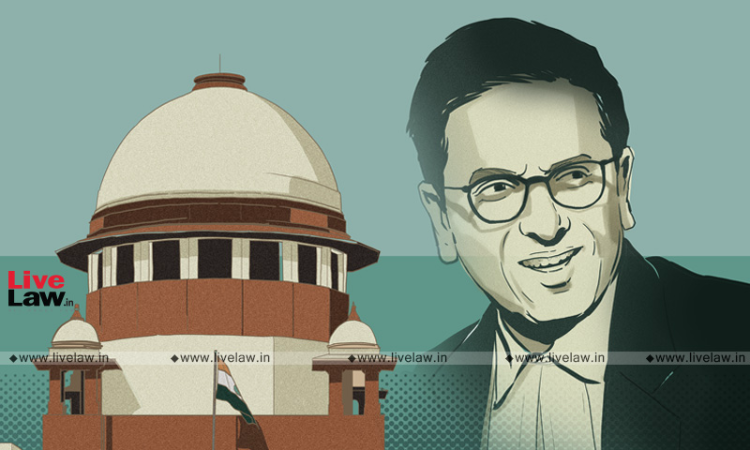Virtual Platforms Have Enabled Supreme Court To Be Truly A 'National Court': Justice DY Chandrachud
Jyoti Prakash Dutta
4 April 2022 10:38 AM IST

Next Story
4 April 2022 10:38 AM IST
Dr. Justice Dhananjaya Y. Chandrachud joined an event organised by the High Court of Orissa to inaugurate e-filing 3.0 for the High Court and District and Subordinate Courts of the State, Vulnerable Witness Deposition Centres with Virtual Courtrooms in District Court Establishments and Odisha Judicial Workflow Automation System (OJWAS) for paperless office in...
